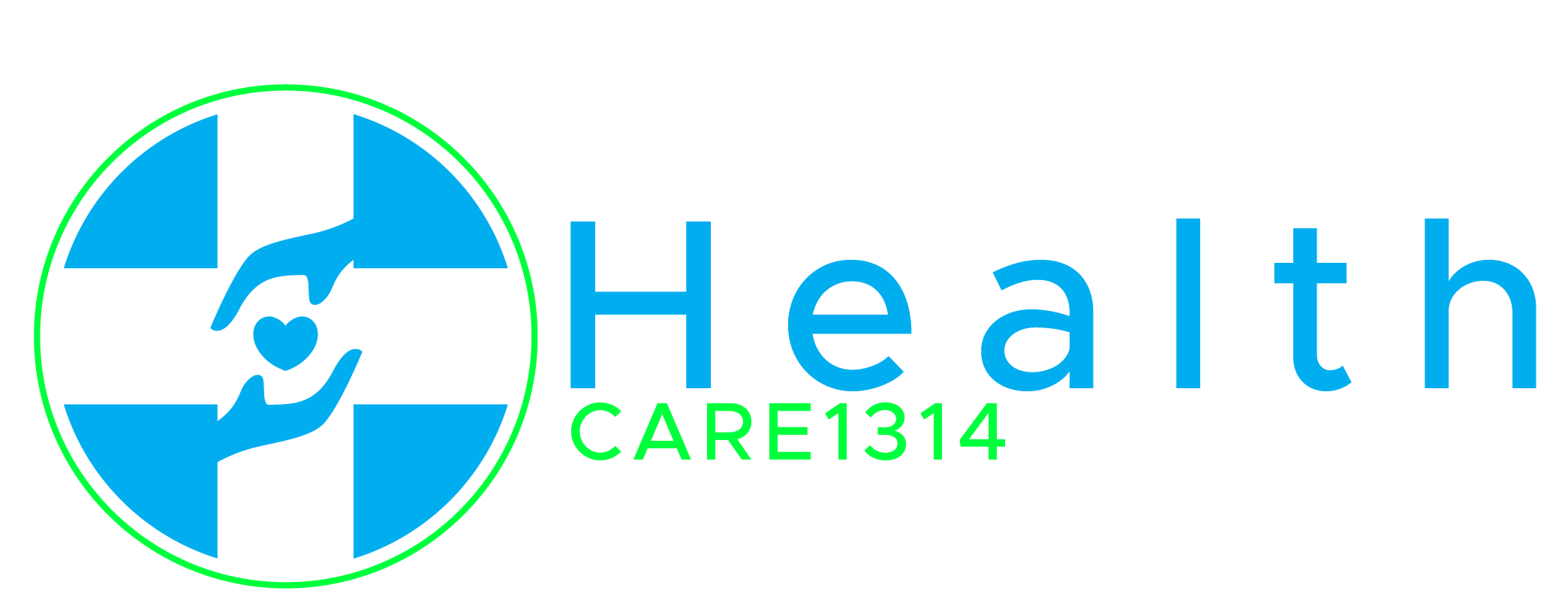On January 5, 2022, we mentioned the Discover of Profit and Fee Parameters for 2023 proposed rule launched by the Facilities for Medicare & Medicaid Providers (CMS). On April 28, 2022, CMS issued the NBPP 2023 Ultimate Rule. CMS printed a Truth Sheet and different assets on April 28, 2022. The rule will take impact on January 1, 2023, however the non-obligatory early fowl utility deadline is Might 18, 2022 and the ultimate deadline for issuers to submit adjustments to their QHP Software is August 17, 2022.
The 2023 NBPP closing rule makes regulatory adjustments within the particular person and small group medical health insurance markets and establishes necessities for the 2023 profit 12 months. It additionally contains regulatory requirements to strengthen the protection of certified well being plans (QHPs) on the federal Market and be sure that customers can extra simply discover high quality, reasonably priced protection. The 2023 NBPP closing rule contains a number of provisions addressing well being fairness, in line with the Biden Administration’s Inauguration Day govt order committing to advancing racial fairness and supporting underserved communities.
Important Well being Advantages Coverage for Plan Designs
The 2023 NBPP closing rule goals to guard customers from discriminatory practices within the protection of important well being advantages (EHB). Particularly, a profit design that limits protection for an EHB on a discriminatory foundation beneath this rule have to be clinically-based to be thought of nondiscriminatory. The ultimate rule contains examples of per se discriminatory profit designs, comparable to the usage of age limits for listening to support protection, Austism Spectrum Dysfunction protection, or fertility therapy. To beat this presumption of impermissible discrimination, issuers should exhibit that scientific proof justifies the differential therapy or that the distinction is required to adjust to federal regulation—comparable to compliance with the suggestions of the USA Preventive Providers Activity Power (USPSTF) which can embody age limits and different limitations.
When designing nondiscriminatory plan designs and making certain that any limitations on EHB on a foundation prohibited beneath § 156.125 are clinically indicated, CMS encourages issuers to hunt present and related scientific proof, somewhat than using requirements that are likely to overlap or are doubtlessly inconsistent with the scope of the plan design. CMS additionally acknowledges, nevertheless, that limitations in medical analysis could limit availability of such scientific proof. CMS due to this fact isn’t together with any particular customary of care as a result of it’s not specifying sources of acceptable scientific info an issuer could use to point out its profit design isn’t discriminatory. It is a departure from the proposed rule, which might proposed particular standards to establish applicable, evidence-based tips and sources. Right here, the ultimate rule offers no definitions of “clinically primarily based” or “clinically indicated.”
The rule additionally updates High quality Enchancment Technique Requirements to require issuers to handle well being and well being care disparities.
Nondiscrimination Primarily based on Sexual Orientation and Gender Id
We beforehand famous that the 2023 NBPP proposed rule would have amended 45 C.F.R. § 147.104(e) to explicitly prohibit discrimination on the idea of sexual orientation and gender id, as had been the case previous to 2020. The proposed rule cited a Biden Administration govt order on stopping and combating discrimination on the idea of gender id or sexual orientation in addition to an HHS announcement to interpret Part 1557 and Title IX to incorporate discrimination on the idea of sexual orientation and gender id, pursuant to pursuant to Bostock v. Clayton County.
The proposed rule would have prohibited medical health insurance issuers, their officers, staff, brokers, and representatives from using practices or designs that resulted in disenrollment of or discrimination in opposition to people primarily based on race, shade, nationwide origin, current or predicted incapacity, age, intercourse, sexual orientation, gender id, anticipated size of life, diploma of medical dependency, high quality of life, or different well being situations. The proposed rule discovered a statutory foundation for this unbiased from ACA Part 1557, citing ACA Part 1311(c)(1)(A) relating to QHP issuer certification necessities and ACA Part 1321(a) relating to authority to determine and function exchanges and the providing of QHPs by way of such exchanges. This provision was strongly supported by numerous stakeholders.
The ultimate rule declined to finalize any adjustments, nevertheless, as a result of HHS’s Workplace of Civil Rights (OCR) is growing a rule that additionally will tackle prohibited discrimination primarily based on intercourse in well being protection beneath ACA Part 1557. HHS additionally eliminated its proposed instance of presumptively discriminatory profit design associated to gender-affirming care. HHS said that “it will be most prudent to handle the nondiscrimination proposals associated to sexual orientation and gender id within the 2023 Fee Discover proposed rule at a later time, to make sure that they’re in line with the insurance policies and necessities that will likely be included within the Part 1557 rulemaking.” Thus, till the brand new rule is finalized, HHS will proceed to interpret and implement Part 1557 and its protections in opposition to intercourse discrimination to “prohibit discrimination on the idea of sexual orientation and gender id in all points of medical health insurance protection ruled by Part 1557.”
OCR’s proposed rule on nondiscrimination beneath Part 1557 is pending regulatory evaluation on the Workplace of Administration and Price range. HHS beforehand introduced that this rule could be printed by April 2022, so it’s doubtless that the rule will likely be printed quickly. Till then, insurers coated by Part 1557 ought to guarantee compliance with nondiscrimination necessities, together with HHS’s interpretation that intercourse discrimination beneath Part 1557 contains sexual orientation and gender id. Particularly, insurers ought to evaluation plan phrases and take away plan exclusions for therapies and companies which will bar entry to healthcare primarily based on sexual orientation or gender id.


